Battery subsidies are absent from the 2025-26 Federal Budget, but industry organisations are committed to pushing government forward to support the rollout of household batteries backed by local manufacturing.
The Australian Materials and Battery Council (AMBC) foresees a surge in demand for household batteries on the back of over 4 million rooftop solar installations across the country, but to backfill the space, it wants subsidies for Australian-made batteries to accelerate local manufacturing jobs and sovereign energy capability.
AMBC Chief Executive Officer Quentin Hill said it does not support the mass import of household batteries when Australian companies are carving out market share by their “bootstraps”, only to be swamped by imported batteries supported by the government.
“Australia has the beginnings of capability to capture the 20-50% value add in lithium batteries, and if we are to follow the Australian Energy Market Operator’s (AEMOs) road map on rooftop solar out to 2050, we must grow our capability in battery management systems and grid integration, and what better way than in battery booster schemes that fosters local innovation,” Hill said.
“We recognise that calibrating for local content will slow uptake, but the benefits in jobs and capability will be rewarded in jobs for our children.”
AMBC’s battery booster scheme would also include local battery accreditation reform and the establishment of an Australian battery industrialisation centre (ABIC).
AMBC says a battery scheme would provide higher incentives for Australian manufactured batteries over imports, scale with domestic manufacturing capability ensuring sustainable industry growth, and cover residential, commercial, industrial, fringe-grid and off grid solar batteries.
The ABIC would independently certify both local and imported batteries for safety and compliance and end of life stewardship programs.
Local battery component capability includes modules, packs and racks, management systems, housings, inverters and thermal systems equivalent to 20-50% of a battery’s value.
AMBC also call for the creation of an industrial platform under the National Battery Strategy to increase capability into next generation battery cell manufacture, of which Australia has leading exponents.
“Controlled roll out to grow with local capability cannot meet one million batteries today, therefore any scheme needs to be calibrated to build local industry capability quickly and to grow with increased industry capability,” Hill said.
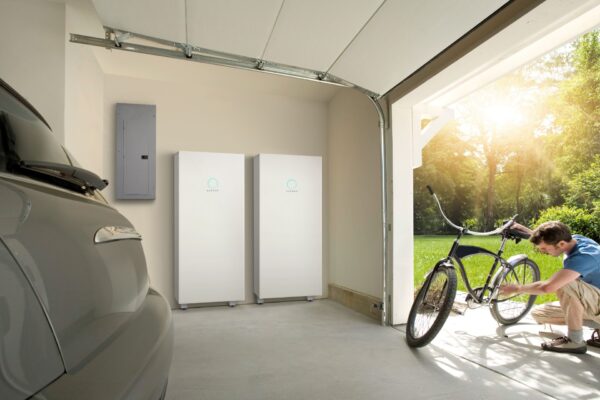
Energy bill relief
ACT Independent Senator David Pocock said the budget offered consumers an energy band aid instead of structural reform and instead of temporary bill relief wants large-scale support to help households adopt renewable energy with rooftop solar and home batteries.
Using modelling commissioned from the parliamentary budget office (PBO) on the cost of electrifying an entire suburb in the ACT shows that the government could have supported the electrification of approximately 600 suburbs with the $6.8 billion (USD 4.2 billion) funding it has spent on three rounds of energy bill relief.
“We know that getting households off gas and fully powered by renewable energy will save them thousands year on year, and this is the kind of long-term structural change we need,” Pocock said.
Commenting in the Financial Review, Pocock said entire suburbs across this country should be fully electrified, getting them off gas. They’d be saving thousands of dollars every single year, not this 150 bucks.”
Non-profit consumer solar advocacy organisation Solar Citizens Chief Executive Officer Heidi Lee Douglas said a clear gap in household energy support is the lack of a federal rebate for home batteries.
“A significant federal rebate for home batteries would reduce the power load in the evenings that is driving up energy prices from using expensive, unstable coal power and expensive gas power,” Douglas said.
“If a million solar households could soak up the power their panels generate during the day, to use at night, AEMO calculates this would be enough to firm the grid and keep prices lower for everyone.”
Douglas added Solar Citizens’ own data shows Australians who have solar power “overwhelmingly” want batteries to provide backup storage and reduce their bills further and share that cheap power with their neighbours.
“But more than 70% say they can’t afford the upfront cost of a battery without a rebate or other financial support. This would be a smart way to slash energy bills now and long term, gaining much needed cost of living relief for the next twenty years for all Australians,” Douglas said.
A record 57,000 residential battery energy storage systems, with a combined capacity of 656 MWh, were installed in Australian homes in 2023, up 21% on the previous year. About 250,000 Australian homes, totaling 2,770 MWh, now have battery systems.
This content is protected by copyright and may not be reused. If you want to cooperate with us and would like to reuse some of our content, please contact: editors@pv-magazine.com.

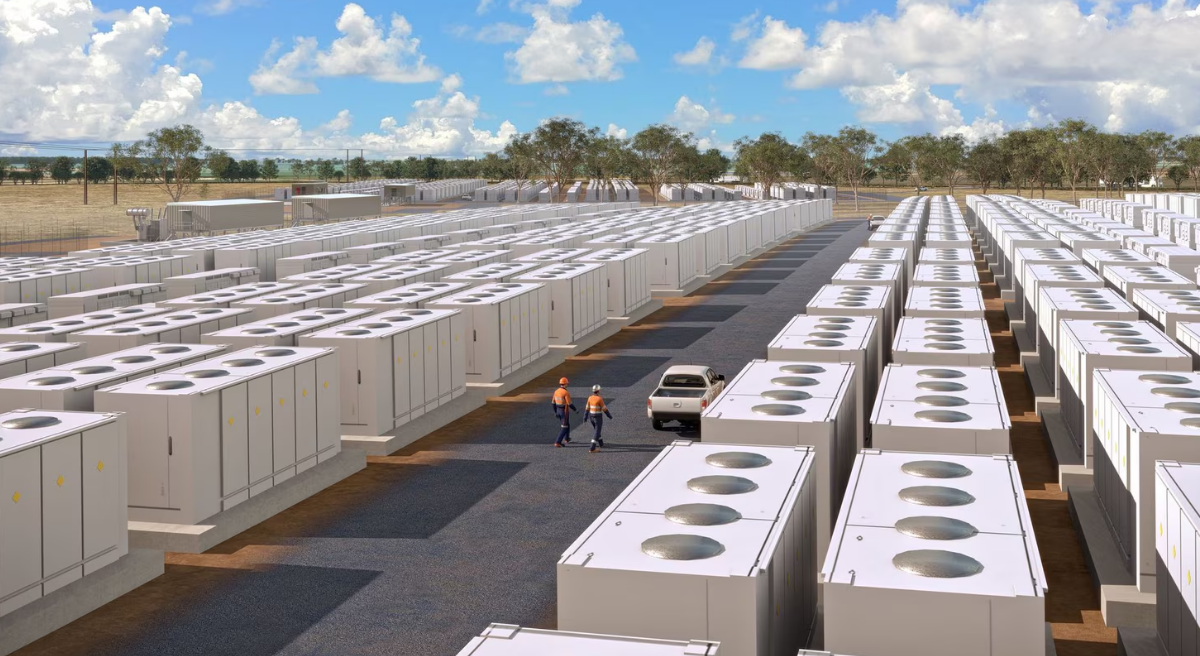



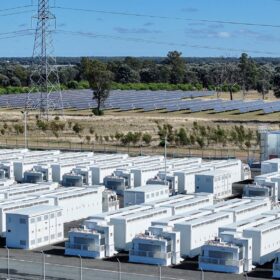

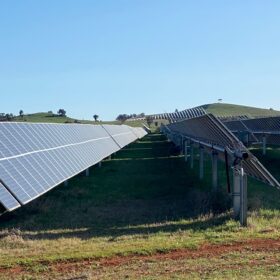
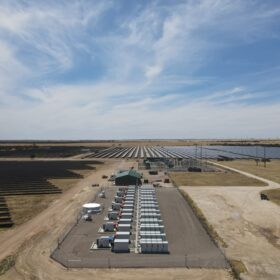
By submitting this form you agree to pv magazine using your data for the purposes of publishing your comment.
Your personal data will only be disclosed or otherwise transmitted to third parties for the purposes of spam filtering or if this is necessary for technical maintenance of the website. Any other transfer to third parties will not take place unless this is justified on the basis of applicable data protection regulations or if pv magazine is legally obliged to do so.
You may revoke this consent at any time with effect for the future, in which case your personal data will be deleted immediately. Otherwise, your data will be deleted if pv magazine has processed your request or the purpose of data storage is fulfilled.
Further information on data privacy can be found in our Data Protection Policy.